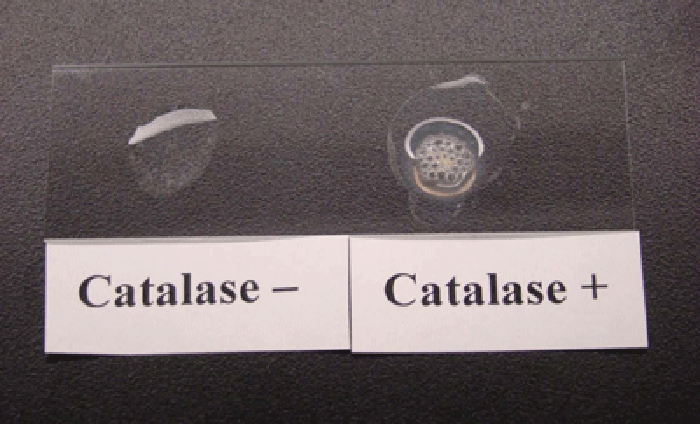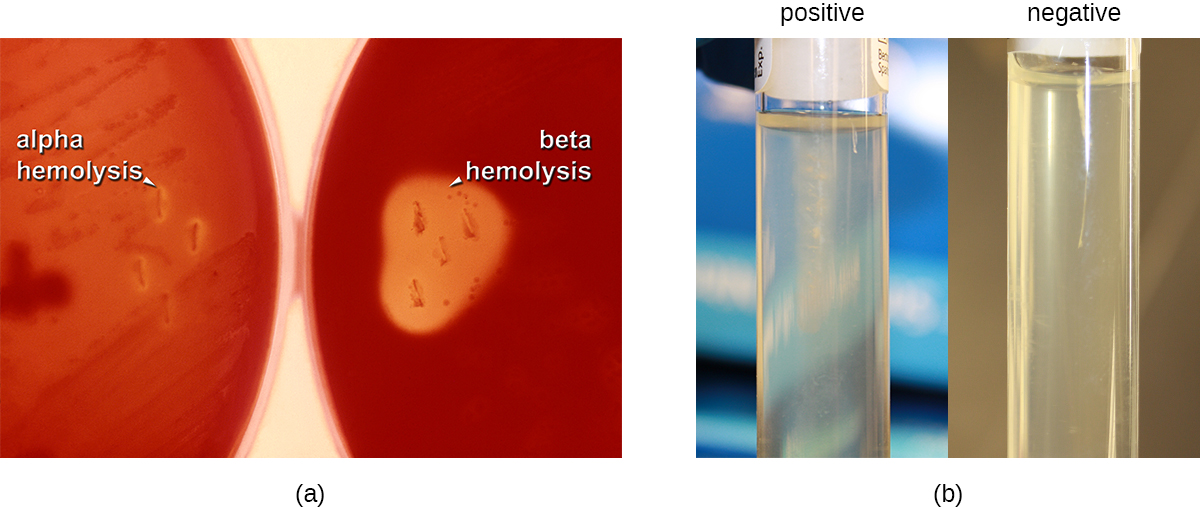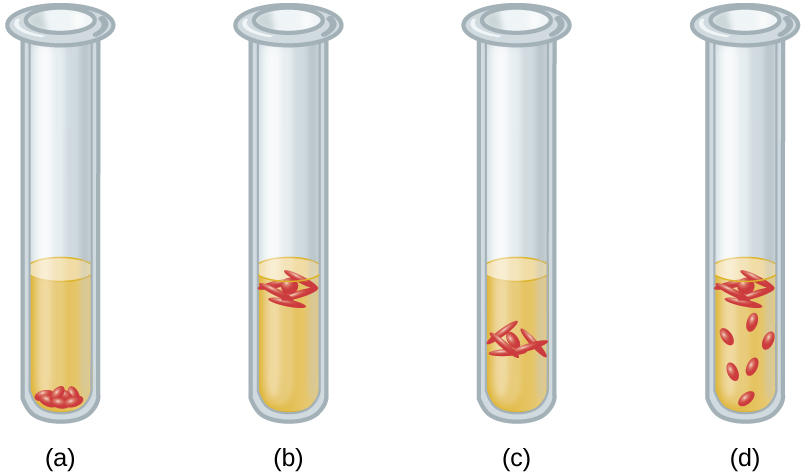| << Chapter < Page | Chapter >> Page > |
Aerobic respiration constantly generates reactive oxygen species (ROS), byproducts that must be detoxified. Even organisms that do not use aerobic respiration need some way to break down some of the ROS that may form from atmospheric oxygen. Three main enzymes break down those toxic byproducts: superoxide dismutase, peroxidase, and catalase. Each one catalyzes a different reaction. Reactions of type seen in Reaction 1 are catalyzed by peroxidase s.
In these reactions, an electron donor (reduced compound; e.g., reduced nicotinamide adenine dinucleotide [NADH]) oxidizes hydrogen peroxide , or other peroxides, to water. The enzymes play an important role by limiting the damage caused by peroxidation of membrane lipids. Reaction 2 is mediated by the enzyme superoxide dismutase (SOD) and breaks down the powerful superoxide anions generated by aerobic metabolism:
The enzyme catalase converts hydrogen peroxide to water and oxygen as shown in Reaction 3.
Obligate anaerobes usually lack all three enzymes. Aerotolerant anaerobes do have SOD but no catalase. Reaction 3, shown occurring in [link] , is the basis of a useful and rapid test to distinguish streptococci, which are aerotolerant and do not possess catalase, from staphylococci, which are facultative anaerobes. A sample of culture rapidly mixed in a drop of 3% hydrogen peroxide will release bubbles if the culture is catalase positive.

Bacteria that grow best in a higher concentration of CO 2 and a lower concentration of oxygen than present in the atmosphere are called capnophiles . One common approach to grow capnophiles is to use a candle jar . A candle jar consists of a jar with a tight-fitting lid that can accommodate the cultures and a candle. After the cultures are added to the jar, the candle is lit and the lid closed. As the candle burns, it consumes most of the oxygen present and releases CO 2 .
The health-care provider who saw Jeni was concerned primarily because of her pregnancy. Her condition enhances the risk for infections and makes her more vulnerable to those infections. The immune system is downregulated during pregnancy, and pathogens that cross the placenta can be very dangerous for the fetus. A note on the provider’s order to the microbiology lab mentions a suspicion of infection by Listeria monocytogenes , based on the signs and symptoms exhibited by the patient.
Jeni’s blood samples are streaked directly on sheep blood agar , a medium containing tryptic soy agar enriched with 5% sheep blood. (Blood is considered sterile; therefore, competing microorganisms are not expected in the medium.) The inoculated plates are incubated at 37 °C for 24 to 48 hours. Small grayish colonies surrounded by a clear zone emerge. Such colonies are typical of Listeria and other pathogens such as streptococci; the clear zone surrounding the colonies indicates complete lysis of blood in the medium, referred to as beta-hemolysis ( [link] ). When tested for the presence of catalase, the colonies give a positive response, eliminating Streptococcus as a possible cause. Furthermore, a Gram stain shows short gram-positive bacilli. Cells from a broth culture grown at room temperature displayed the tumbling motility characteristic of Listeria ( [link] ). All of these clues lead the lab to positively confirm the presence of Listeria in Jeni’s blood samples.

Jump to the next Clinical Focus box. Go back to the previous Clinical Focus box.
Four tubes are illustrated with cultures grown in a medium that slows oxygen diffusion. Match the culture tube with the correct type of bacteria from the following list: facultative anaerobe, obligate anaerobe, microaerophile, aerotolerant anaerobe, obligate aerobe.

(a) obligate anaerobe, (b) obligate aerobe, (c) microaerophile, (d) facultative anaerobe
Why are some obligate anaerobes able to grow in tissues (e.g., gum pockets) that are not completely free of oxygen?
Why should Haemophilus influenzae be grown in a candle jar?
In terms of oxygen requirements, what type of organism would most likely be responsible for a foodborne illness associated with canned foods?

Notification Switch
Would you like to follow the 'Microbiology' conversation and receive update notifications?